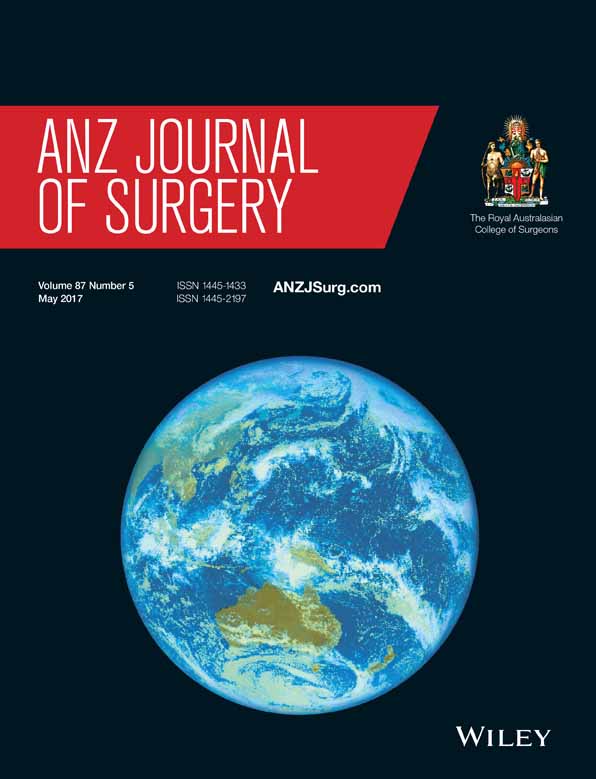Bilateral recurrent laryngeal nerve injury in a specialized thyroid surgery unit: would routine intraoperative neuromonitoring alter outcomes?
Abstract
Background
Bilateral recurrent laryngeal nerve (RLN) palsy following total thyroidectomy is a rare complication, however, poses significant morbidity to the patient when it does occur. The purpose of this paper was to determine the incidence of bilateral RLN palsy in a specialized thyroid unit and determine whether the routine use of intraoperative nerve monitoring (IONM) would alter the outcome.
Methods
This is a retrospective review of prospectively gathered data. A total of 7406 patients underwent total thyroidectomy at the University of Sydney Endocrine Surgical Unit between January 1990 and February 2014. IONM was utilized on a selective basis and we sought to assess whether IONM would have altered outcome in those patients who developed bilateral RLN palsy.
Results
Of the 7406 patients who underwent total thyroidectomy, seven patients (0.09%) developed bilateral RLN palsy during the study period. There was one permanent RLN palsy (0.01%) and routine IONM may have prevented one death and altered the outcome in two of the seven patients.
Conclusion
Bilateral RLN palsy is a rare entity occurring in one out of 1000 cases in a specialized thyroid unit. IONM may facilitate the decision to pursue delayed surgery where the signal is lost on the first surgical side and has the potential to avoid bilateral RLN palsy following total thyroidectomy.




